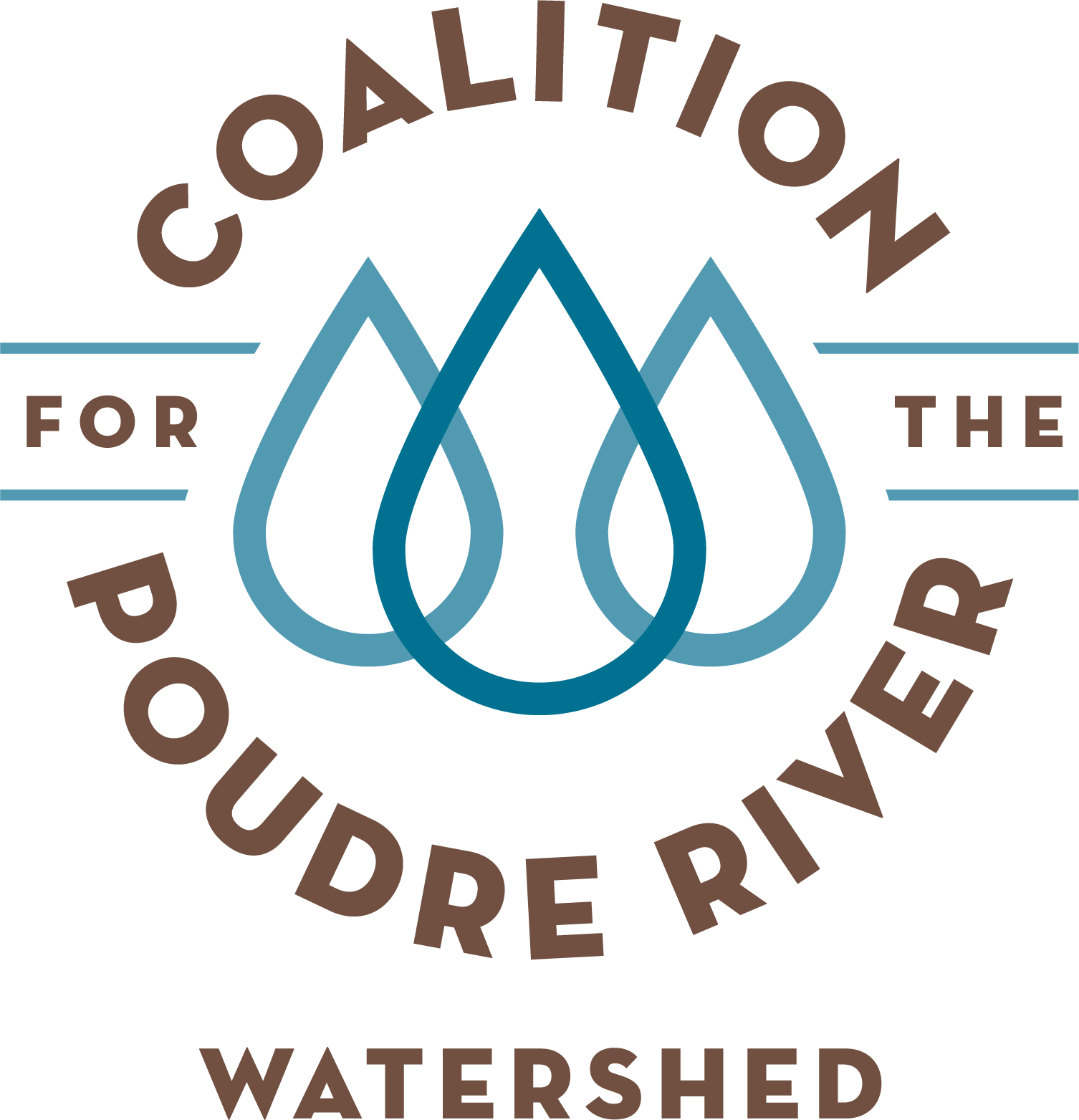Volunteer Spotlight: Maya Daurio
Maya taking samples at one of our collection sites in the Cameron Peak burn area. (Photo by Evan Stafford)
CPRW volunteers are critical to the success of our projects. Each year, we have hundreds of community members donate over 1,500 hours of time to help plant trees, collect local seed, take photos, help with translations, complete post-fire restoration work, and collect water quality samples. One of these amazing volunteers is Maya Daurio, a CPRW Citizen Scientist and resident of the Poudre Canyon. We asked Maya why volunteering with CPRW is important to her:
I first learned about CPRW after my family’s historic home and surrounding land, which had been in our family nearly 130 years, burned in the 2020 Cameron Peak Fire. It was one of the first organizations to reach out to people impacted by the fire in the Poudre Canyon, and it continues to be the first organization I contact with questions about watershed recovery and forest regeneration. CPRW has connected my family to multiple resources and agencies over these past three years and has facilitated tree planting, flood mitigation, and stream restoration work on or adjacent to our land.
After the fire, the creek that runs through our land and empties into the Poudre River began to experience debris flows near its headwaters and flooding where it intersects our land, persisting three years through this last summer, damaging our roads, and impeding access.
Last year, I learned that in one of its many collaborations, CPRW coordinates a group of volunteers to collect monthly water samples to provide to the US Forest Service Rocky Mountain Research Station (RMRS) as part of their Citizen Scientist Water Quality Monitoring Program. RMRS was interested in tracking the nutrients and other compounds contained in ash from the wildfire on creeks like ours to understand how surface water quality is affected in the months and years after a wildfire.
Because I was living on my family’s land and walking along the creek on a regular basis anyway, I decided to volunteer to collect samples over this last year. Because of the risk of flooding, I was already hyperaware of the water levels of the creek during both runoff and the monsoon months, but collecting water samples year-round provided me with opportunities to observe the creek at different stages and during different seasons.
I also began tracking elevated water days, even when the creek didn’t flood, because more water also meant that more sediment was being transported downstream. I took photos and collected additional samples on these days after I learned that these could help a team of people at RMRS calculate streamflow volume, compare elevated flows with rainfall data, and track which tributaries were contributing the most sediment to the river.
All of this helped me learn more about the connectivity of the Poudre River watershed, the specific impacts on our creek from the Cameron Peak Fire, the longevity of these impacts, and some of the ways scientists are studying how wildfire affects water quality over time. As someone whose family has been deeply impacted by the wildfire and post-wildfire flooding, this volunteer opportunity has provided me with one way to draw meaning from loss by observing a landscape in transition and one hopefully on its way to some form of recovery. - Maya
Thank you to Maya for sharing her story! And, thank you to every CPRW volunteer that has donated time, energy and talents to making our watershed a better place to live.
Learn more about CPRW’s Citizen Scientist Water Quality Monitoring Program at: https://www.poudrewatershed.org/citizen-science. To sign up for our volunteer email list, click here.

